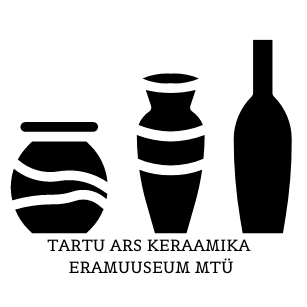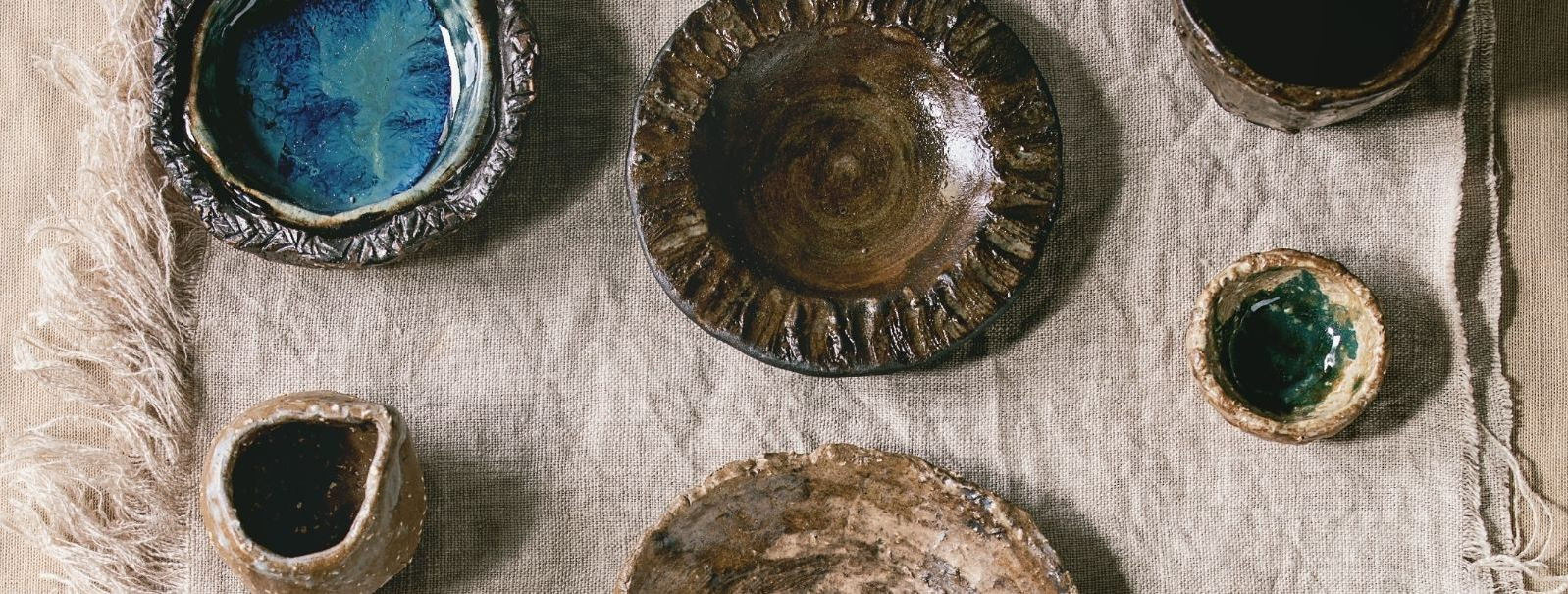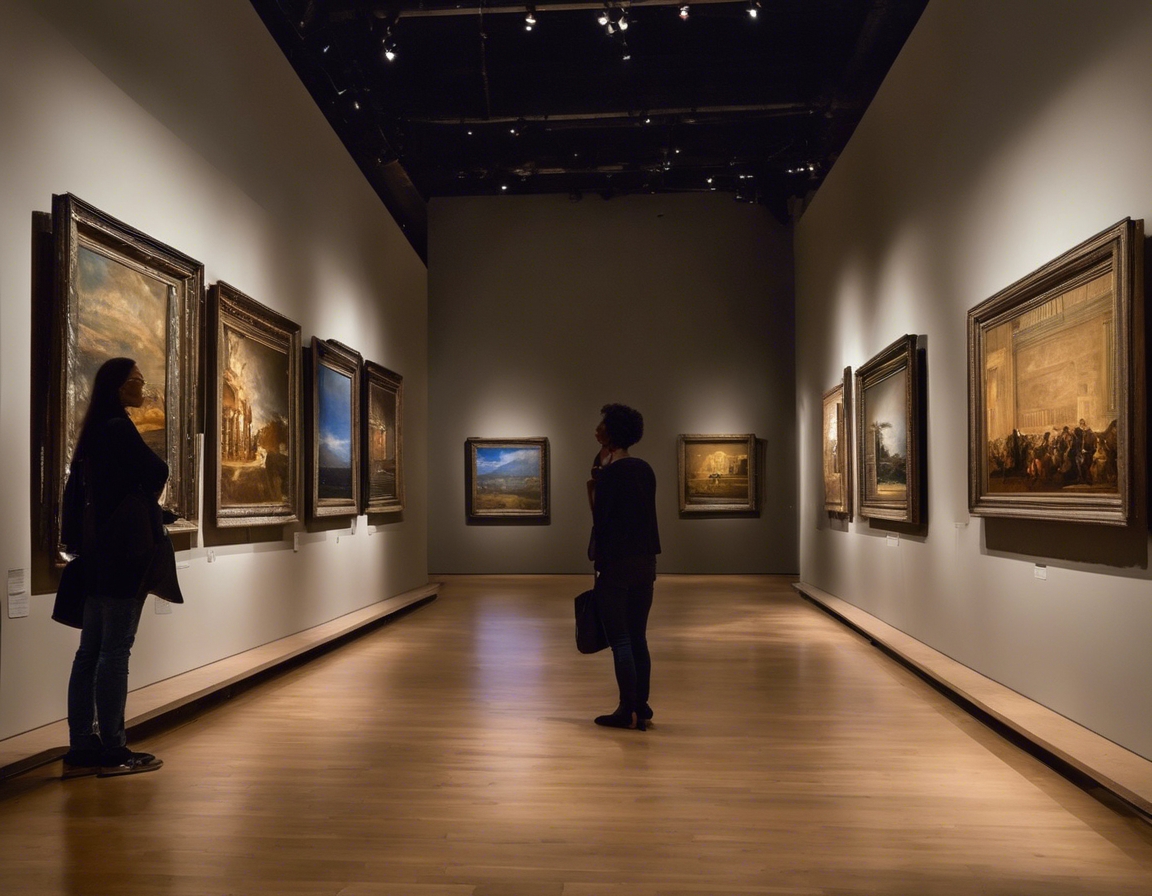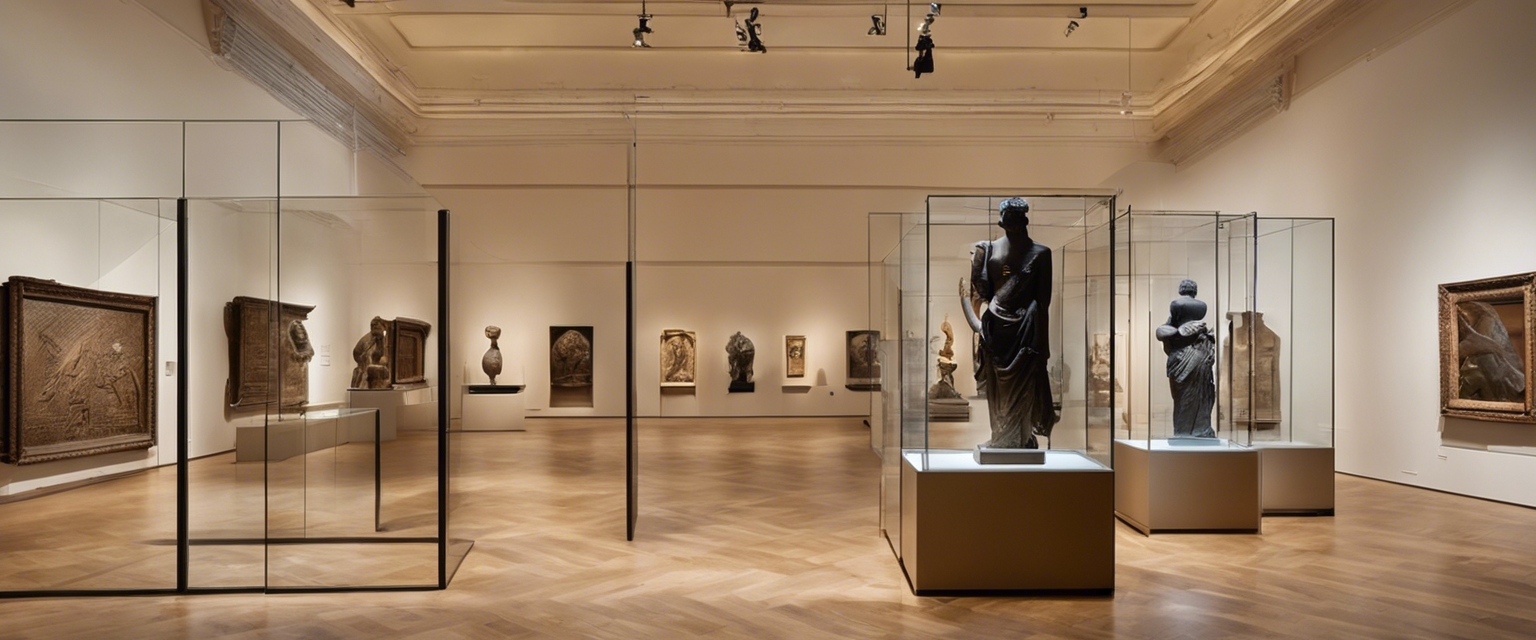The timeless appeal of ceramic art
Ceramic art is a form of creation that involves the shaping, decorating, and firing of clay to produce a variety of objects, ranging from functional ware to sculptural pieces. The transformation of simple earth into durable and often exquisite forms captures the essence of alchemy that has fascinated humans for millennia.
The history of ceramic art is as old as civilization itself. From the earliest coil-built pottery to the sophisticated porcelain of ancient dynasties, ceramics tell the story of human culture, trade, and technological progress. The remnants of ceramic artifacts serve as a testament to the ingenuity and artistic expression of our ancestors.
The Artistic Process
Clay, the primary material in ceramic art, comes in various types, each with its own properties and uses. Techniques such as hand-building, wheel-throwing, and slip casting are employed to shape the clay, while glazes and firing methods contribute to the final appearance and strength of the piece.
The process of creating ceramic art is both technical and intuitive, requiring a balance of skill, patience, and creativity. Each step, from kneading the clay to the final firing, is an integral part of the journey that leads to the completion of a unique work of art.
Ceramic Art in Different Cultures
East Asian countries, particularly China, Japan, and Korea, have a rich tradition of ceramic art, with techniques and styles that have been honed over centuries. Porcelain from China, raku ware from Japan, and celadon from Korea are just a few examples of the region's contributions to the ceramic world.
The ancient Greeks and Romans developed their own distinctive pottery styles, which were not only utilitarian but also a means of storytelling and documentation. The iconic red and black-figure vases of Greece and the fine terra sigillata of Rome are enduring symbols of their cultures.
Indigenous cultures across the globe have their own unique pottery traditions, often characterized by hand-built forms and decorations inspired by nature and mythology. These traditions continue to influence contemporary ceramic artists and remind us of the deep connection between humans and the earth.
Modern Innovations in Ceramic Art
Today's ceramic artists push the boundaries of the medium, experimenting with form, scale, and technique. They challenge the perception of ceramics, often blurring the lines between craft, design, and fine art.
The advent of new technologies, such as 3D printing and advanced kiln controls, has expanded the possibilities of what can be achieved with ceramic materials, allowing for greater precision and complexity in design.
The Educational and Therapeutic Value of Ceramics
Ceramic art is not only a creative outlet but also a subject of academic study. Educational programs in schools and universities offer students the opportunity to explore the technical, historical, and aesthetic aspects of ceramics.
The tactile nature of clay makes it a powerful medium for therapy. Working with ceramics can provide a sense of calm, focus, and satisfaction, making it a beneficial practice for mental well-being.
Preserving and Celebrating Ceramic Art
Museums and galleries play a crucial role in preserving the legacy of ceramic art. They provide a platform for artists to showcase their work and for the public to engage with the rich history and contemporary evolution of the medium.
Collectors and curators have the important task of selecting and maintaining ceramic works, ensuring that these pieces are available for future generations to study and appreciate. Their efforts contribute to the ongoing dialogue between past, present, and future in the world of ceramic art.






Comments (0)